As Christmas nears, it seems nice to see doves in the garden! 🙂 And this is my most regular or most seen dove, the White-winged Dove (my gallery link).
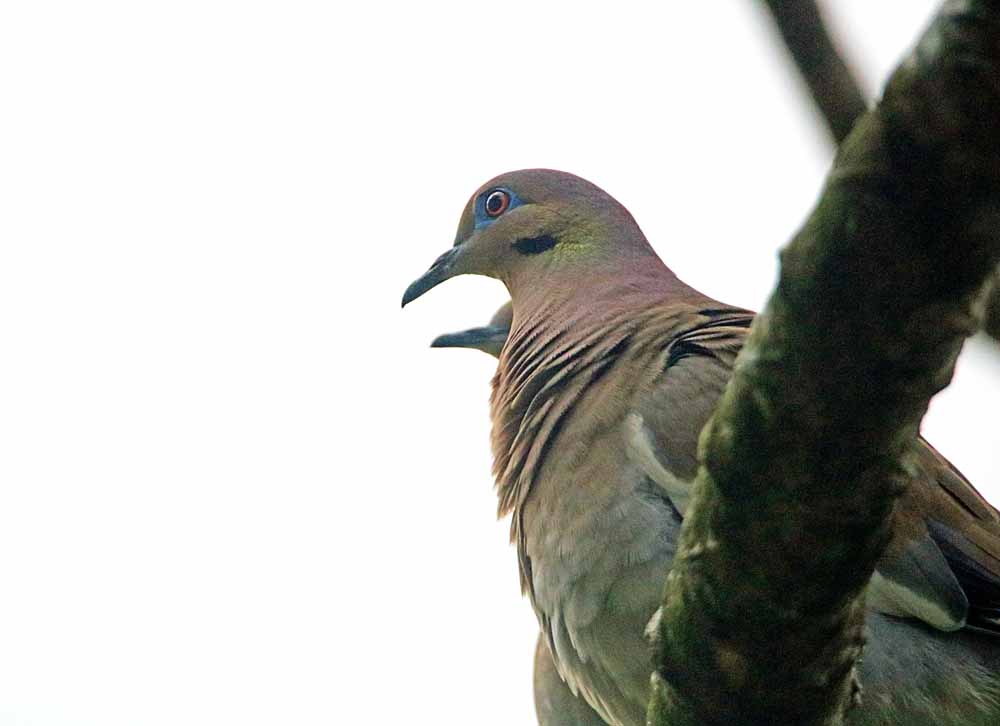
As Christmas nears, it seems nice to see doves in the garden! 🙂 And this is my most regular or most seen dove, the White-winged Dove (my gallery link).

One of the late hangers-on in the late butterfly season is this Polydamas Swallowtail (my gallery link) and I’m sorry I let the camera focus on the flower more than the butterfly! 🙂
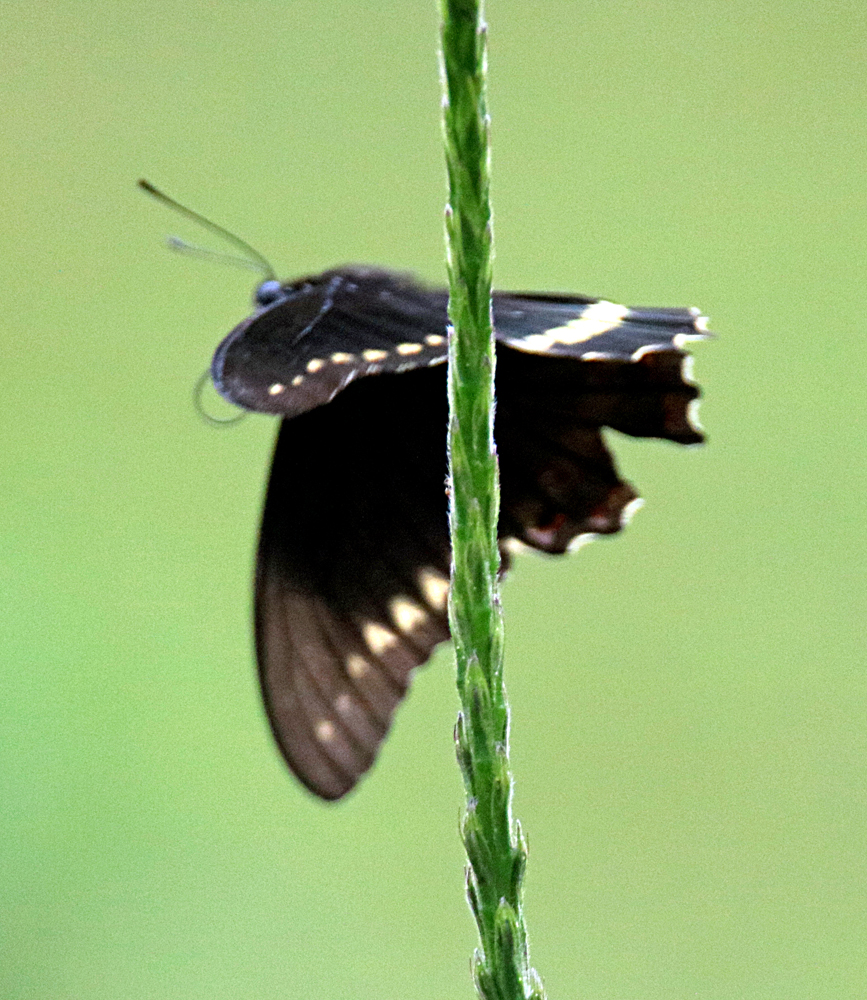
In November this attractive leaf just popped up in my garden as what I figured was a “weed,” and thus I pulled it up, after photographing with my cell phone, and threw it away. Then I ran this leaf photo through iNaturalist and discovered that it is (was) a Marigold Pepper, Piper marginatum (iNaturallist link). Just another one of the many nature surprises I keep finding in my garden and all over Costa Rica! 🙂 What I read about this is that there are no “peppers” or fruit, but rather people use the leaves for seasoning and extracting a flavorful oil. Hmmmm, maybe I should have kept this “weed!” 🙂
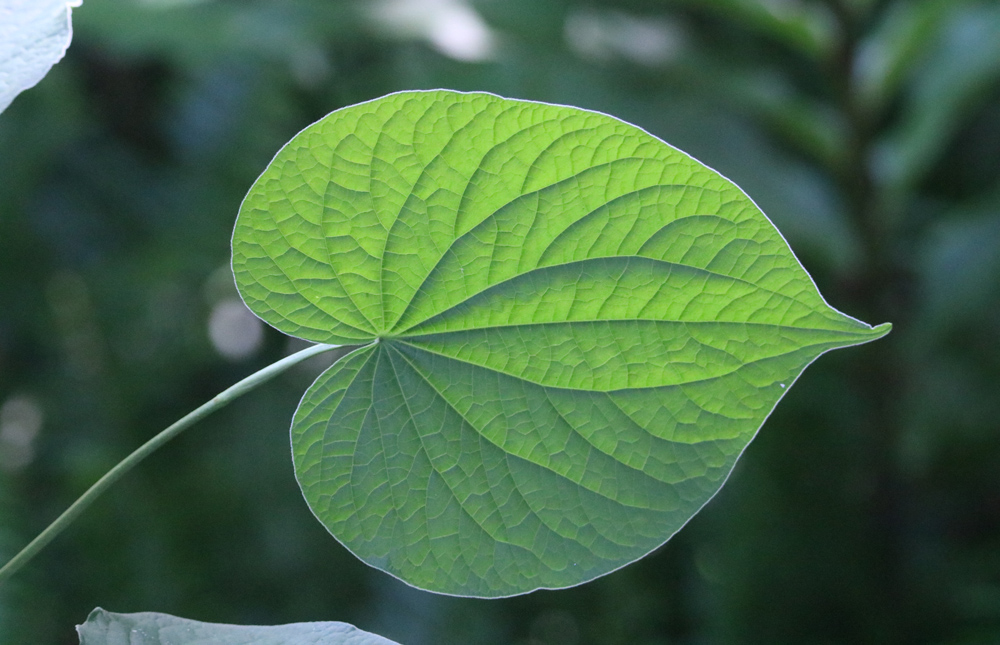
See more such beauties in my Leaves & Nature Things GALLERY.
¡Pura Vida!
One of our two woodpeckers with the “Woody Woodpecker” hair is the Lineated Woodpecker, Dryocopus lineatus, (my gallery link) “Carpintero Lineado” en español, with the Pale-billed Woodpecker being the other big hairdo woodpecker (his whole head is red!). 🙂 This one sensed that my Cecropia Tree is dying and landed first on the trunk then went straight to a dead limb looking for insects to eat. Because of their “pecking/eating” they tend to stay longer in a tree, making them sometimes easier to photograph than other birds, though the overcast afternoon was poor light that day with a glary white sky. 🙁 Here are two shots from this past Monday. See the gallery for more from all over Costa Rica. He is found only in Central & South America, with North America’s most similar bird being the Pileated Woodpecker (linked to my gallery of one seen on Nashville’s Stones River Greenway).
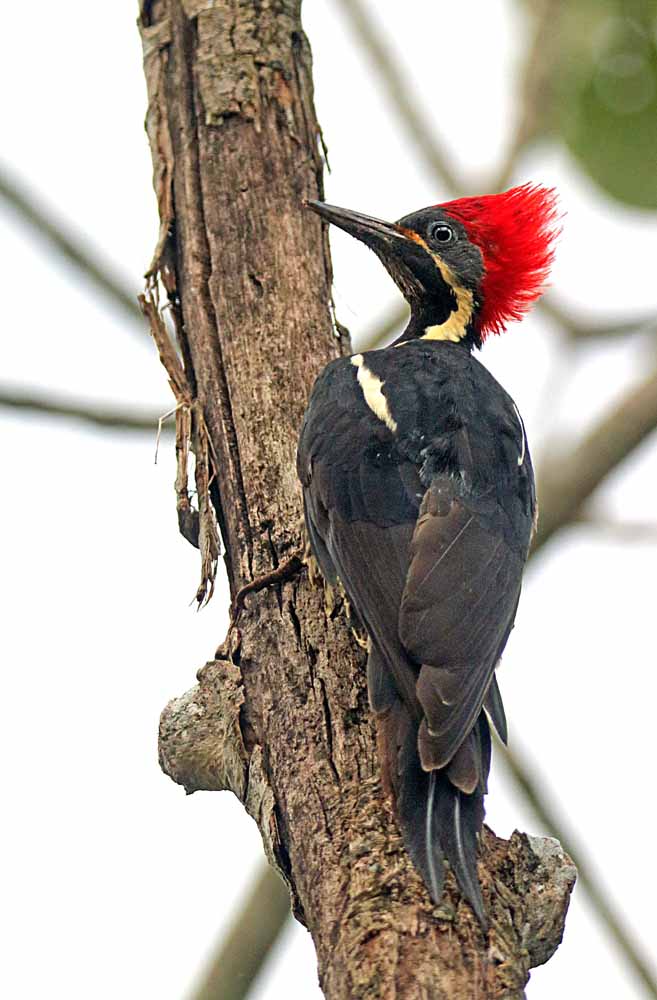
Is back in Costa Rica from “up north” and no longer called just “Yellow Warbler” as in the past but has a new official name of Northern Yellow Warbler – Setophaga aestiva (linked to my gallery) and what is used by eBird and iNaturalist. Some older books still say just Yellow Warbler and the Princeton Field Guide says American Yellow Warbler. I’m not sure which names are harder to keep up with, Birds or Butterflies! 🙂 They seem to both be changing frequently. This particular bird showed up on December 1 in my Cecropia Tree. Here’s two shots of him/her . . .
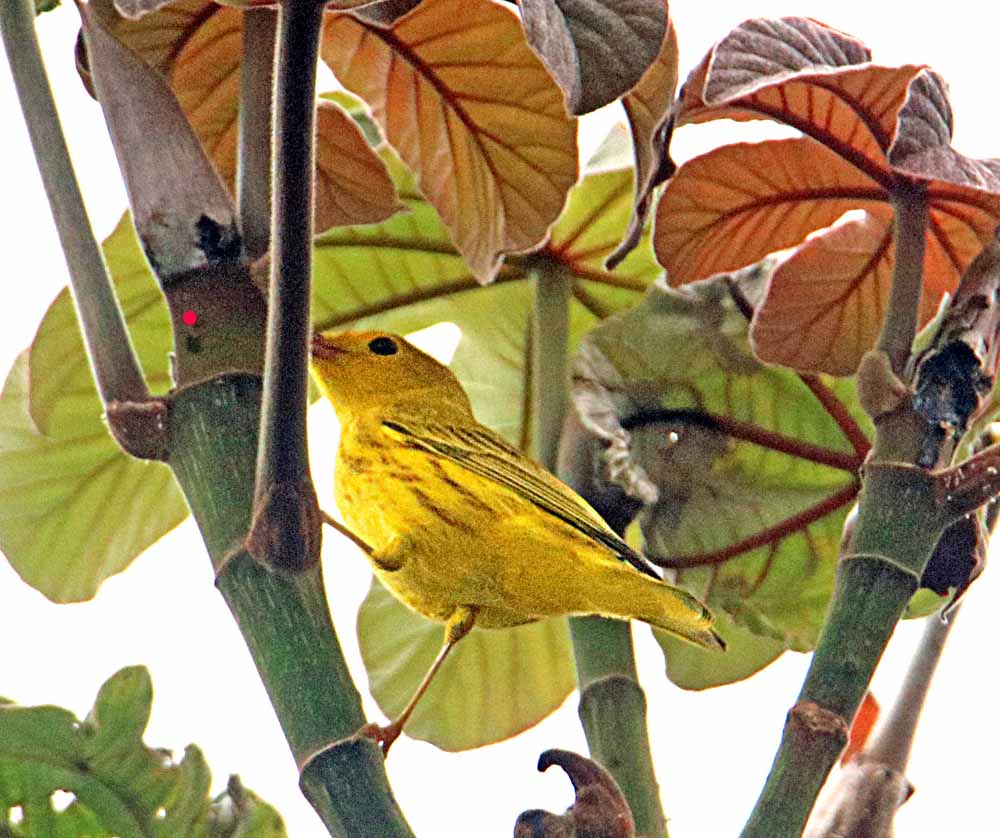
The closest I’ve been able to get to an identification so far on iNaturalist is “Subfamily Coreinae Insect.” Then quickly after posting it, someone more knowledgeable narrowed it down to “Piezogaster Genus” (iNaturalist link) which is closer to a species name which hopefully someone will be able to provide there. Here’s two shots from the floor of my terrace from different angles (front & back) . . .

This very common butterfly is the one I keep seeing as many of the others are no longer around. There are much better photos in my gallery: Banded Peacock, Anartia fatima.
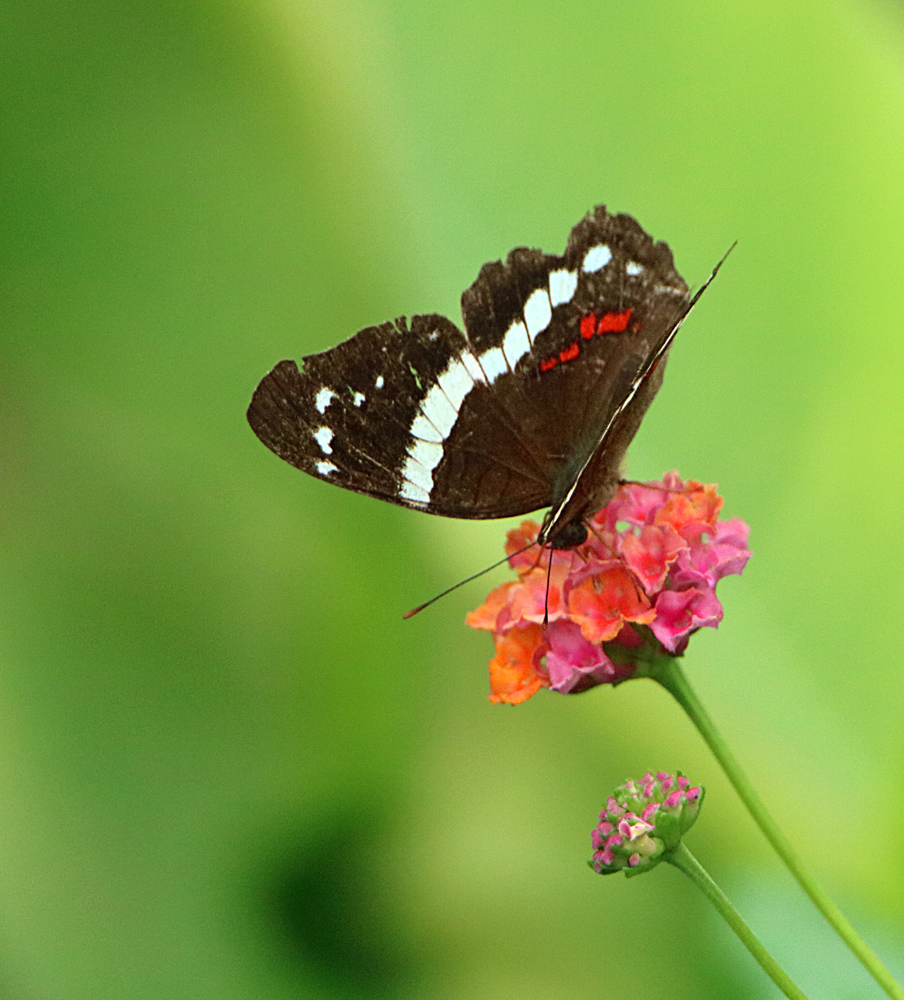
¡Pura Vida!
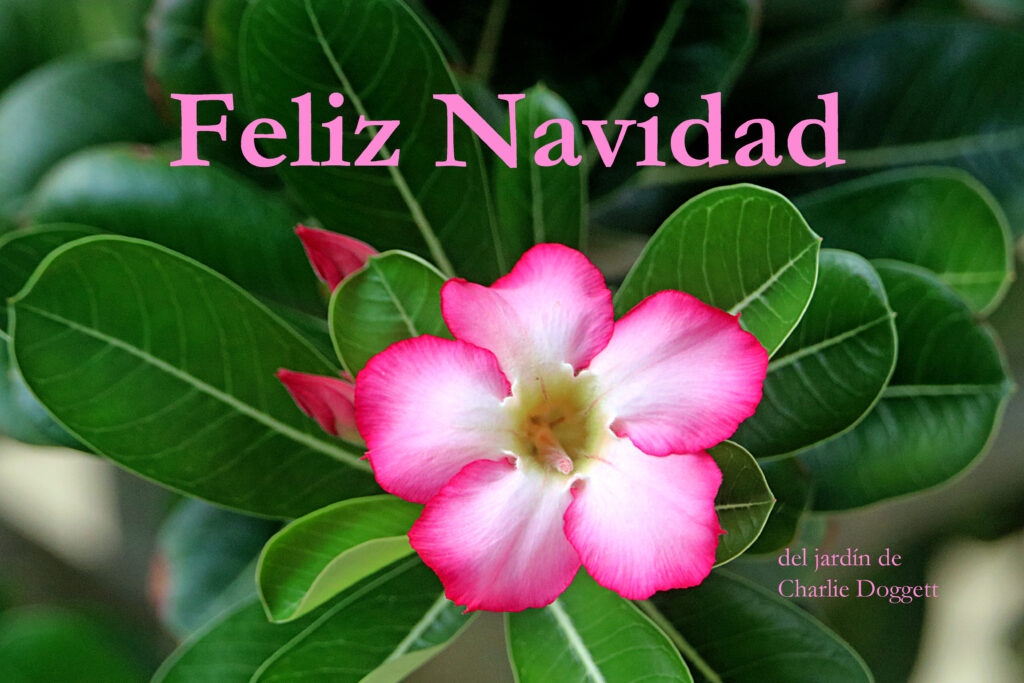
Hoping you will have a happy December as I expect mine to be. I will be slowing down with only 3 doctor appointments! 🙂 My health is doing well with mostly the wonderful public health system here in Costa Rica, an ultra sound scan every 6 months showing me cancer free, a monthly nurse visit to my house, checking on me and data on my CPAP machine, and just a month ago I got new hearing aids compliments of the Cost Rica Social Security! Life is good in Costa Rica! 🙂
Continue reading “Merry Christmas!”I live on a green hill that is surrounded by more green hills beyond the little Atenas Valley. And the housing development that I live in is called “Residencial Roca Verde” which in English is “Residential Green Rock.” And the second photo below is of some of the green rocks just inside our entrance gate that gave the place its name. 🙂 But mostly mossy green during rainy season and losing their color by the end of dry season or becoming brown rocks. 🙂 All possibly symbolic of “Living Green!”

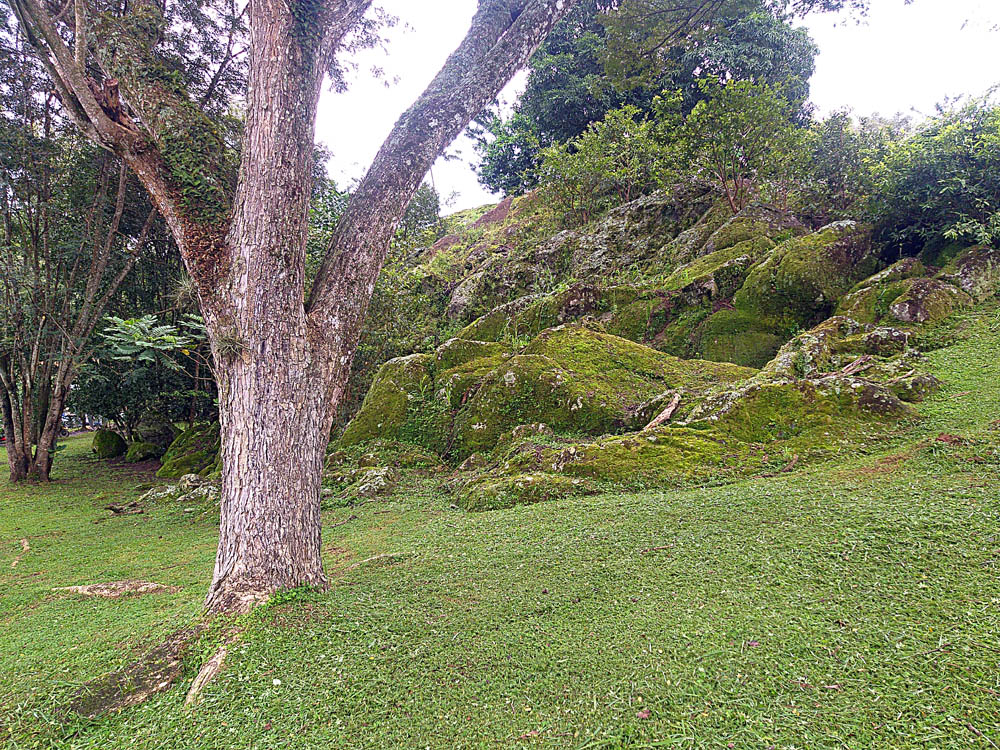
“Earth provides enough to satisfy every man’s needs, but not every man’s greed.” – Mahatma Gandhi
That is what one man said about “living green.” Hopefully the world will learn to trade its greed for the green! I’m thankful that I live in a “green-thinking” country, even though Costa Rica has not “arrived” yet, it is headed in the right direction with such things as 99.9% of our electricity renewable (hydro, volcanic, solar & wind) plus 25-35% of our forests are protected as reserves or parks.
“Plans to protect air and water, wilderness and wildlife are in fact plans to protect man.”
— Stewart Udall
¡Pura Vida!
A new mural has been added to Atenas Central as encouraged by the Mayor to represent memories of the past in this medium-sized coffee farming town and I was glad to see that it included a Lesson’s Motmot bird! 🙂
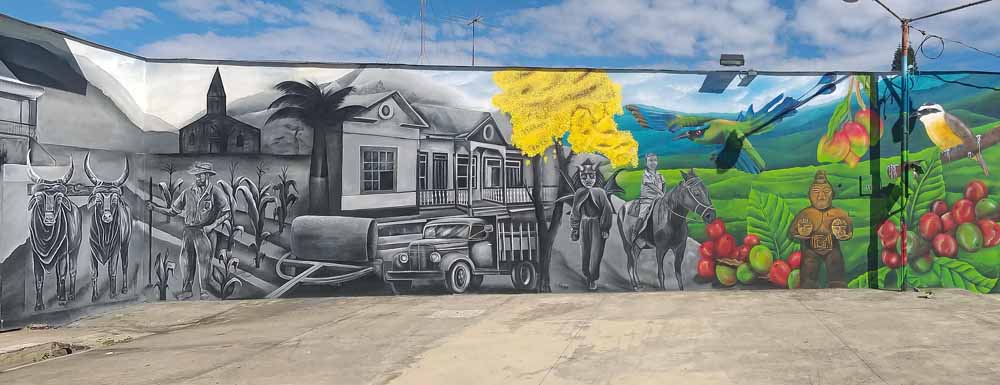
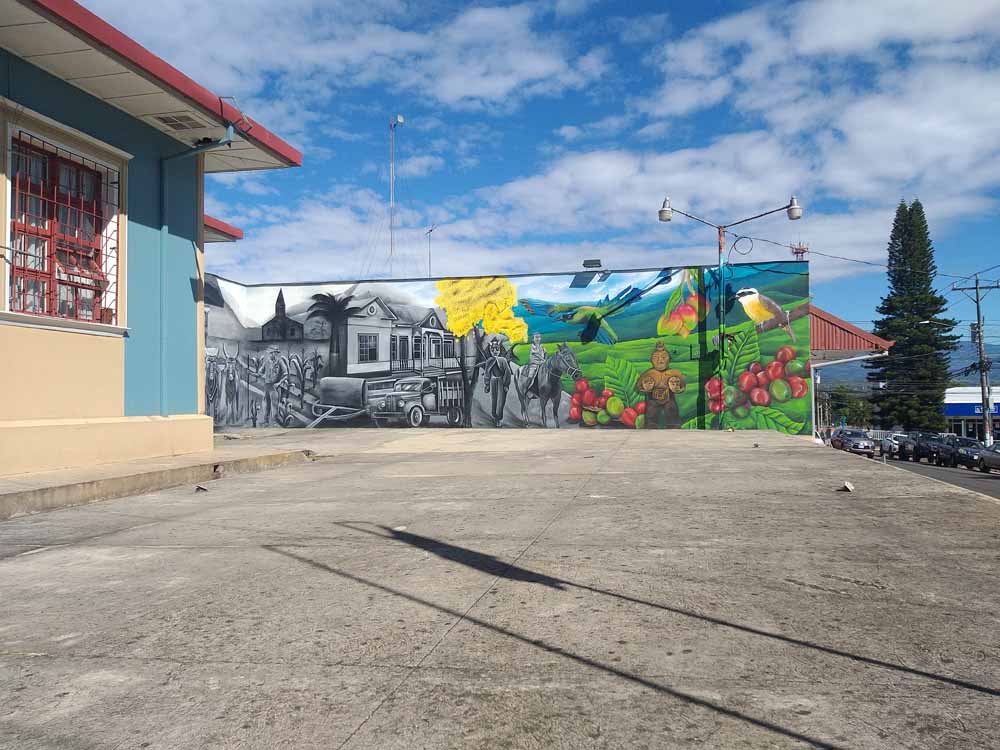
Google AI Summary:
The new mural near the City Hall in Atenas, Alajuela, is called “Memorias Atenienses ” and was inaugurated on September 24, 2025. It is the result of a collective effort involving the Municipality of Atenas, the community, and the mayor, with the aim of creating an artistic legacy for the canton.
• Name: “Athenian Memories”
• Location: Near the City Hall in Atenas, Alajuela, Costa Rica (Adjacent the old high school building across from Central Park fountains.)
• Inauguration date: September 24, 2025
• Description: It is described as an artistic legacy for the canton, created through a collective effort and strong teamwork between the municipality, the community, and the mayor.
The town’s Instagram Announcement of the mural:
Atenas Internationals Facebook Page on the mural:
https://www.facebook.com/groups/158109054229981/posts/31682131621400980/
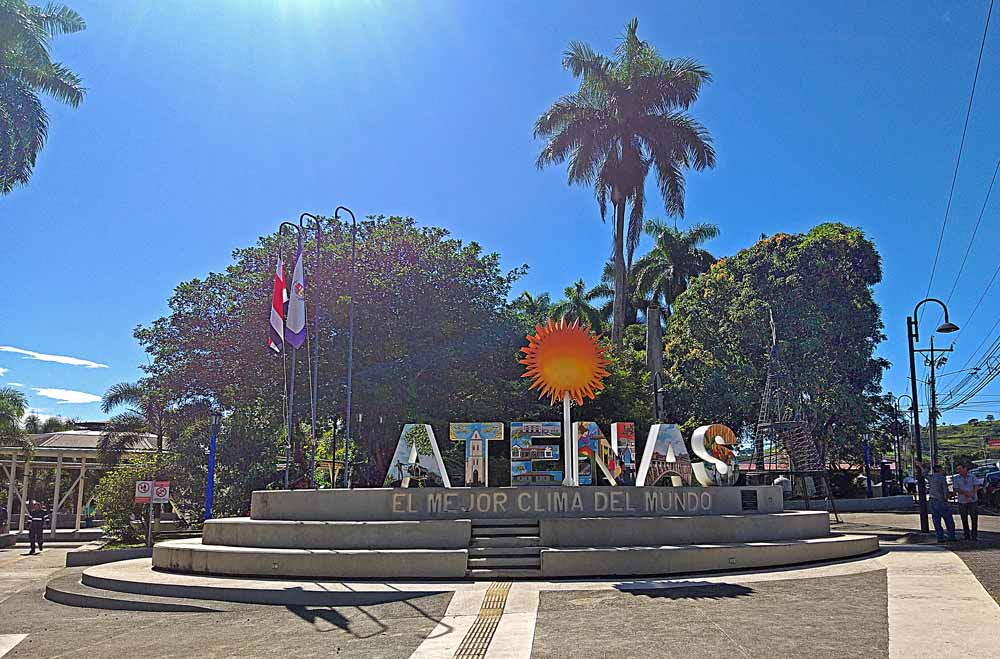
¡Pura Vida!